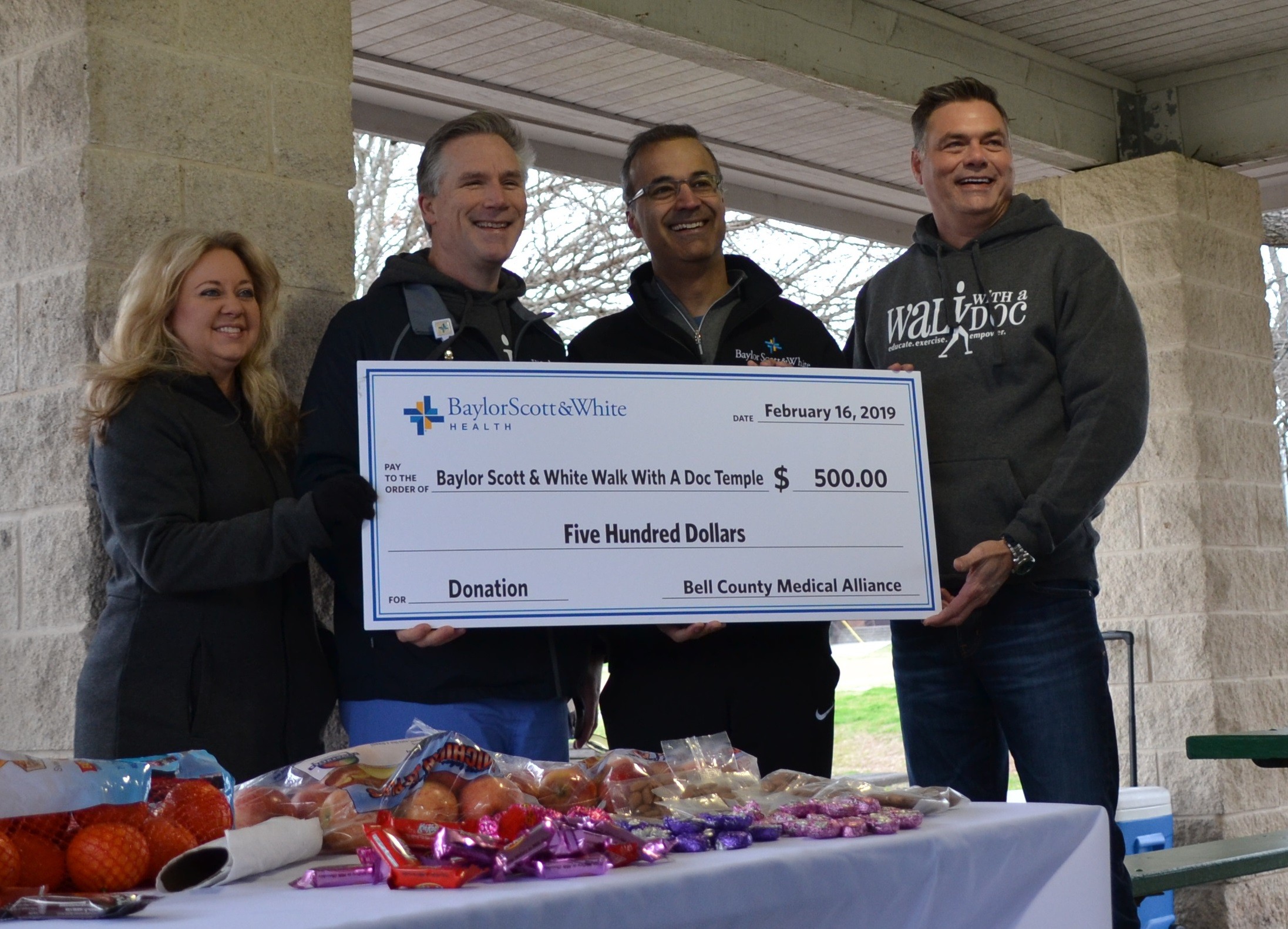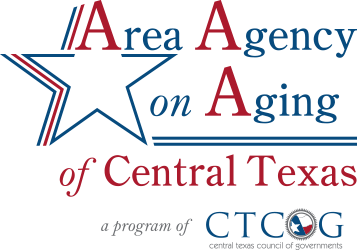
Walk With a Doc: Caregiving for Patients with Alzheimer’s and Dementia
Caregiving for Family Members with Alzheimer’s and Dementia
Reported By Kerry Fillip, Director of the Area Agency on Aging of Central Texas

Dr. Alan Stevens from the Center for Applied Health Research at Baylor Scott & White joined community members on February 16 at the Walk With a Doc event, a free monthly event where health providers speak on their area of expertise. Dr. Stevens shared his thoughts on the trends for caregiving for family members who have Alzheimer’s or other forms of dementia diseases.
Recent studies show that the burden of providing care for dementia patients is more intense than for patients with other diseases. This caregiving goes beyond the physical…and it is much more intense.

Trends in Caregiving
Caregivers are having to learn a whole host of new skills in order to keep their loved ones with dementia at home. The traditional family dynamic has also changed. It used to be that daughters carried the burden for caregiving. Now, those daughters are in the workforce while siblings have moved across the country. Parents are living longer, and families are much more culturally diverse than ever before.
Add to this mix the fact that the number of patients needing care is about to vastly outnumber the pool of available caregivers. Baby Boomers will be aging at an exponential rate, and they have had far fewer children than in previous generations.
Day-to-Day Stress of Caregiving
Current studies of caregiving focus on the day-to-day burden of caregiving. These studies note that there is a higher rate of depression, a lower quality-of-life, and a lower rate of personal health among caregivers. And yet, the caregiver is the KEY factor in the ability to keep the loved one at home.
So, what do we do? If the caregiver is the KEY component to keeping the loved one at home and that caregiver is depressed with low quality of life and often ill themselves—while being unable or disbelieving that they have the right to take care of themselves—what will happen to both patient and caregiver? The idea is that healthcare and social agencies need to promote “family-centered” care—taking care of the entire family who has the dementia patient and the caregiver at the center.
Family-Centered Care
Why should healthcare be concerned about “family-centered” care? Because Americans are spending about $232 billion dollars annually on family health care. Yes, that’s BILLIONS…with a “B.”
While there is some good information, it is not readily available to the average person. Research groups are trying to produce much-needed materials, but funding is still an issue. The current expectation is that caregiving is “something that families just do.” We need to do a better job of coordinating across providers.
One such example of that is the upcoming Dementia Care Study that Baylor Scott & White is conducting in conjunction with UCLA and the Benjamin Rose Institute. The Area Agency on Aging of Central Texas is also assisting in this study.
 For more information, or to participate in the dementia care study, please contact:
For more information, or to participate in the dementia care study, please contact:
Dr. Alan Stevens,
Center for Applied Health Research
2401 S. 31st St.|MS-01-501| Temple, TX 76508
254-724-0989 Office


